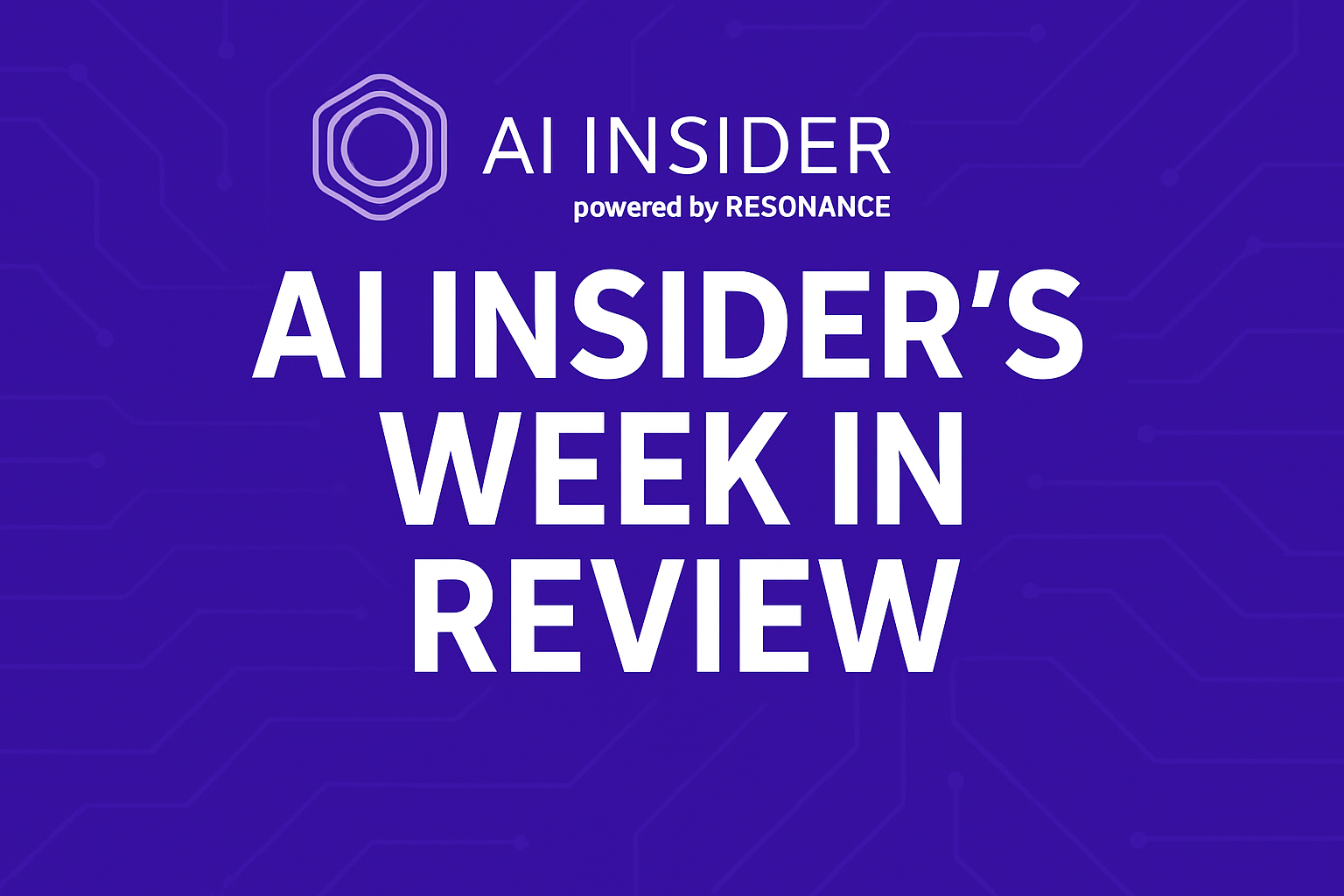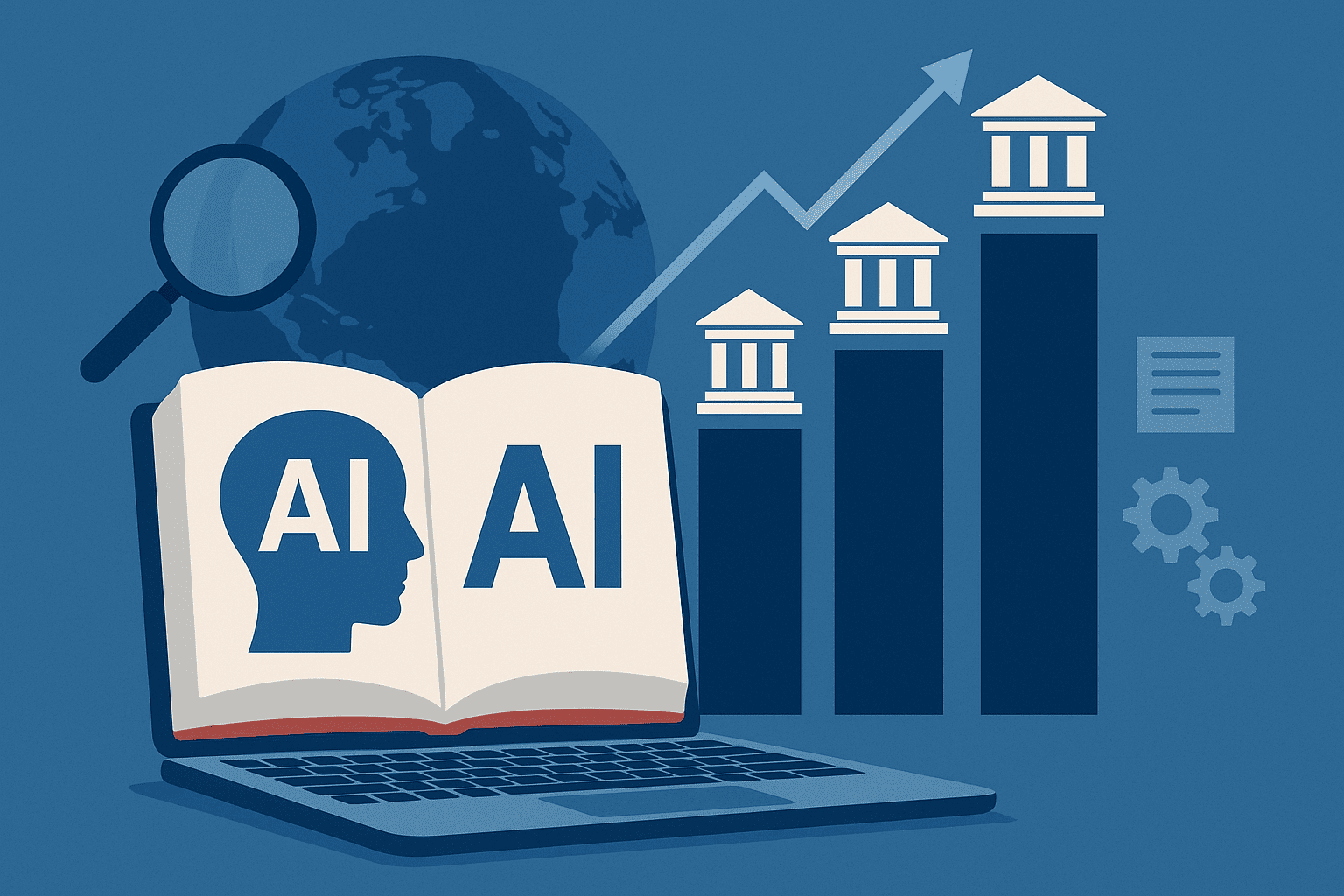Guest Post By Dev Nag, CEO/Founder – QueryPal
For a lot of businesses, traditional chatbots are antiquated technology. After all, generative AI models have risen to prominence over the past several years, boasting extensive language capabilities and reliably handling everything from complex data analysis to creative content production.
Yet, these advances can sometimes overshadow the ineffable potential of AI in customer service — a domain in which conversational agents are only one piece of the larger, rapidly progressing puzzle. Going “beyond chatbots” is no longer about replacing human agents but instead about orchestrating a holistic AI-powered strategy that redefines customer interactions altogether.
Orchestration of generative AI across the customer journey
Today’s most forward-thinking organizations are deploying multiple generative AI models, each fine-tuned for unique tasks such as anomaly detection, sentiment analysis, and knowledge retrieval. When these models work together, they orchestrate a fluid end-to-end customer experience rather than a perfunctory question-answer cycle.

Imagine an accurate AI model that can detect frustration or delight from customers’ language and tone, coupled with a generative model that crafts personalized messages — all funneling information into a centralized system to ensure every customer interaction feels organically cohesive. This is an advantageous approach for brands that see the customer journey as more than a linear funnel.
AI-guided orchestration captures data from each touchpoint, diagnosing pain points and proactively resolving them. By offering precisely the information a customer needs at just the right time, organizations cut through the noise of overwhelming product help catalogs or labyrinthine support articles.
Rather than deflecting people to automated flows or submenus that can lead to miscommunication or user error, advanced generative AI integration ensures a seamless, human-like dialogue tailored to each customer’s context.
Co-creative customer interactions that transcend support
The term “customer service” often implies handling incoming queries, but generative AI can elevate this relationship into a dynamic, co-creative process. With large language models (LLMs) operating as collaborative agents, companies can invite customers to shape product features, content, or services in real time, whether in design interfaces that harness generative AI or feedback loops that provide continuous, hyper-personalized recommendations.
Such an approach goes far beyond standard predictive analysis. Instead of merely suggesting what a customer might purchase next, AI can collaborate with them on creative endeavors, such as customizing a product design or co-writing product documentation that resonates with their specific use case.
Thus, the role of customer service evolves from reactive problem-solving to active partnership. Pivoting to co-creation in this way lets brands move beyond the often tone-deaf nature of near-human chatbot conversations and unlock a new paradigm where customers become integral to product innovation.
AI agents with emotional intelligence and brand authenticity
Even experienced AI practitioners sometimes overlook the importance of emotional resonance in automated interactions. Sentiment analysis, while not new, has reached a level of sophistication where LLMs can detect nuanced emotions, from mild to annoyance to guarded optimism.
These models can tailor tone and content accordingly, deciding whether to escalate an issue or continue automated engagement. More advanced systems even factor in brand guidelines, maintaining an overarching voice that stays true to the company’s identity.
This authenticity is critical in an environment where customers scrutinize every facet of a brand’s communications. A misaligned tone or indifferent response can come across as insensitive in the eyes of discerning users, undermining trust.
Conversely, a system that is both emotionally attuned and brand-aligned transforms routine customer touchpoints into opportunities for building loyalty. Deployed effectively, generative AI becomes an extension of the brand persona rather than a detached, robotic proxy.
Dynamic knowledge management beyond static FAQs
Static FAQs and outdated knowledge bases are the bane of both customer service agents and AI engineers. Sophisticated models can now interpret user queries in the context of a constantly evolving knowledge graph, ensuring that responses are accurate, current, and context-aware.
Beyond simple retrieval, these AI-driven systems can predict when training material needs to be updated. If specific questions resurface or if metrics spike around a specific topic, the AI flags these trends, prompting content teams to refine documentation or produce new guides.
This form of dynamic knowledge management leads to continuous improvement rather than sporadic updates. In practice, that means fewer perfunctory answers and more informed, nuanced dialogues — a hallmark of AI-driven service that genuinely evolves with the brand’s offerings and the customer’s needs.
When integrated properly, dynamic knowledge management transcends beyond just a backend tool. It becomes an engine that continuously refines how the brand communicates and supports its audience.
From reactive support to proactive relationship-building
Generative AI does not simply wait for an inquiry; it can also foresee potential frustrations or discover opportunities for positive engagement. By analyzing purchase history, interaction data, and even external trends, AI can trigger campaigns — like a new feature announcement or an early alert to potential service disruptions — before customers realize they need it. This pivot from reactive troubleshooting to forward-looking relationship management is where the real power of AI emerges.
Brands that adopt this model shift their mindset from “handling support tickets” to “cultivating a user community.” In effect, customer service becomes an ever-present companion, leveraging real-time to foster loyalty.
While some might view proactive help as intrusive, AI’s programmed emotional intelligence and deep personalization capabilities help strike a balance that feels helpful rather than invasive. This can be an ineffable transformation that is extremely difficult to capture in a bullet point or ROI graph, but is deeply felt by the customers who experience it.
Integrating AI models beyond traditional, outdated chatbots helps businesses reimagine customer service as a multi-layered ecosystem. It helps them incorporate advanced LLMs and machine learning systems, meticulously weaving them into every stage of the customer journey to cultivate profoundly personalized and innovative brand relationships.
Customer service isn’t just service — it’s a personalized experience.
— Dev is the CEO/Founder at QueryPal. He was previously on the founding team at GLMX, one of the largest electronic securities trading platforms in the money markets, with over $3 trillion in daily balances. He was also CTO/Founder at Wavefront (acquired by VMware) and a Senior Engineer at Google, where he helped develop the back-end for all financial processing of Google ad revenue. He previously served as the Manager of Business Operations Strategy at PayPal, where he defined requirements and helped select the financial vendors for tens of billions of dollars in annual transactions. He also launched eBay’s private-label credit line in association with GE Financial. Dev received a dual-degree B.S. in Mathematics and B.A. in Psychology from Stanford. In conjunction with research teams at Stanford and UCSF, he has published six academic papers in medical informatics and mathematical biology.






